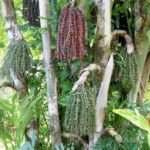Have you heard about bamboo and its feng shui meaning? Do you know which birth signs it is compatible with? If not, don’t worry, as we will provide you with all the information you need about bamboo. Let’s explore together.
1 What is Bamboo?
Origin and Meaning of Bamboo
Bamboo, also known as green bamboo or honey bamboo, belongs to the bamboo family and originates from Japan and China. However, recently, bamboo in Vietnam has been widely used as an ornamental plant.
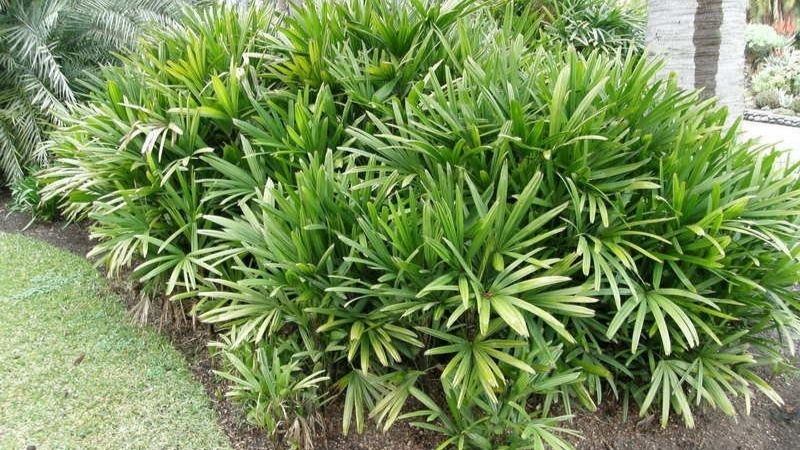 Bamboo Features
Bamboo Features
Bamboo has feng shui significance and air-purifying abilities, creating a relaxing and comfortable green space for your family. Because of this, bamboo is quite expensive, so you may want to consider growing it yourself at home.
Feng Shui Meaning of Bamboo
Bamboo symbolizes strength and resilience in overcoming life’s challenges due to its ability to thrive in harsh conditions. By decorating your space with bamboo, you can achieve success in your career and life.
Delving deeper into its meaning, bamboo is part of the Four Gentlemen in Chinese art, along with the pine, plum blossom, and chrysanthemum. This group is beloved during the spring for their upright and majestic stance, resembling statues that ward off evil spirits and bring good fortune and prosperity.
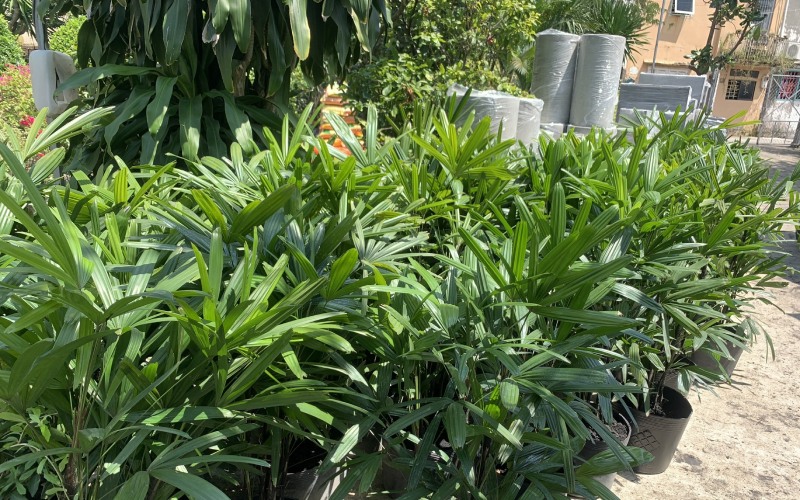 Feng Shui Meaning of Bamboo
Feng Shui Meaning of Bamboo
Those with the wood and fire birth signs will receive maximum luck, prosperity, and career advancement by having bamboo in their space.
Bamboo is compatible with the following birth years:
- Wood Birth Sign: 1942, 1943, 1950, 1951, 1958, 1959, 1972, 1973, 1980, 1981, 1988, 1989.
- Fire Birth Sign: 1926, 1927, 1934, 1935, 1948, 1949, 1956, 1957, 1964, 1965, 1978, 1979, 1986, 1987, 1994, 1995, 2008, 2009.
Characteristics and Classification of Bamboo
Bamboo is a shrub that grows extremely fast, typically reaching a height of 1 to 2 meters. Its stem has evenly spaced nodes, and its roots and shoots grow outside, resembling those of bamboo.
Bamboo leaves are compound and shaped like a windmill, usually growing up to 15 to 20 cm in length and featuring a deep, shiny green color. Bamboo not only purifies the air but also adapts and grows well in harsh conditions.
Other popular types of ornamental bamboo in Vietnam include: Taiwanese bamboo, Japanese bamboo, Can Cau bamboo, and Gentleman bamboo. They all carry auspicious meanings and bring good fortune to the homeowner.
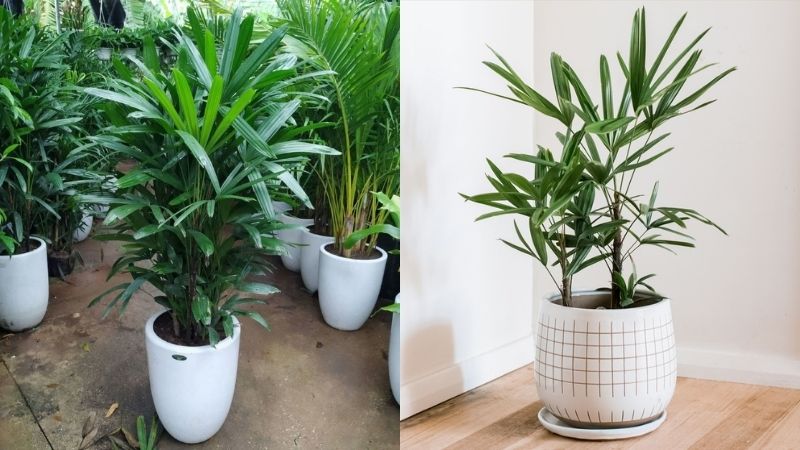 Characteristics and Classification of Bamboo
Characteristics and Classification of Bamboo
2 Benefits of Bamboo
Bamboo is ideal for placement in offices, hotels, living rooms, or any resting space to enhance feng shui and purify the air, reducing toxic emissions from electronic devices and lowering CO2 levels. This creates a healthy environment for the homeowner.
Additionally, placing bamboo on balconies or windowsills is believed to attract good luck and prosperity.
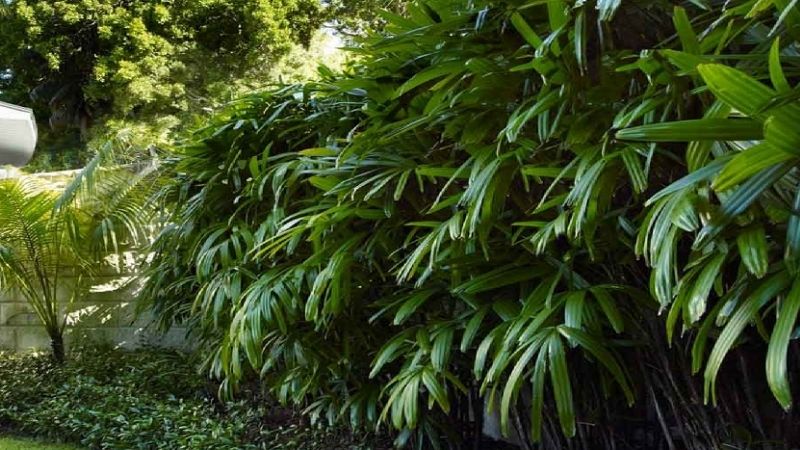 Bamboo and Birth Sign Compatibility
Bamboo and Birth Sign Compatibility
3 How to Grow and Care for Bamboo
How to Grow Bamboo at Home
Propagating Bamboo
Dividing Rhizomes Method
 Propagating Bamboo by Dividing Rhizomes
Propagating Bamboo by Dividing Rhizomes
Seed Germination Method
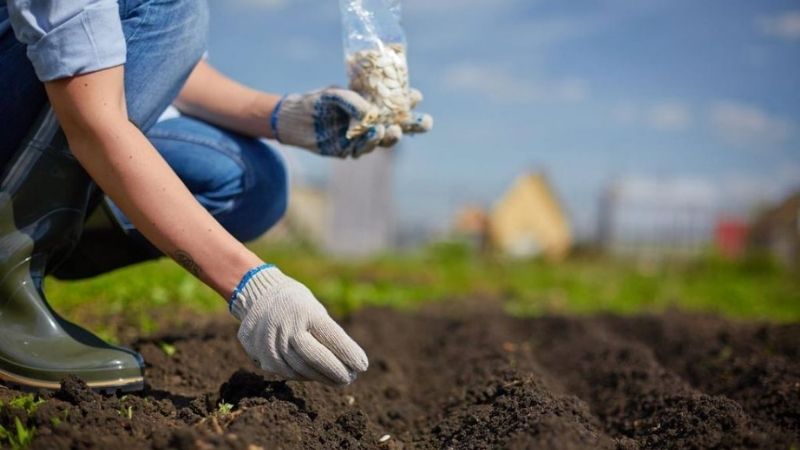 Propagating Bamboo by Seed Germination
Propagating Bamboo by Seed Germination
How to Plant Bamboo
 How to Plant Bamboo
How to Plant Bamboo
How to Care for Bamboo
Watering: Bamboo has a clump-forming root system and requires a lot of water to thrive. Therefore, water it three to four times a week, depending on the weather.
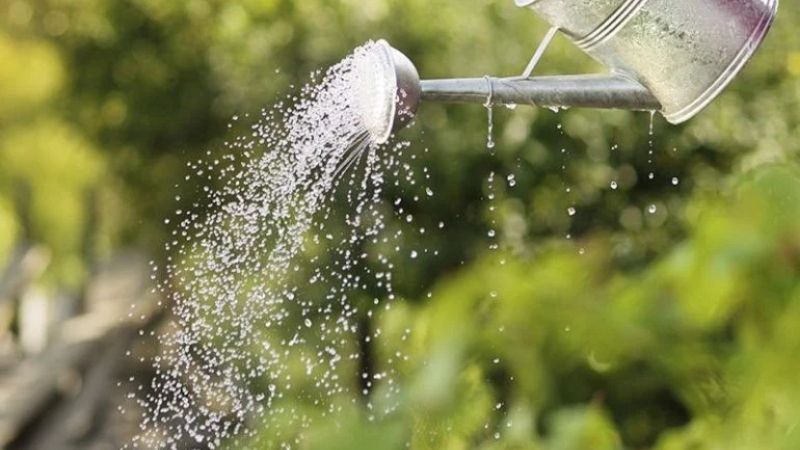 Regularly Water Bamboo
Regularly Water Bamboo
Pruning: Bamboo has lush foliage, and its leaves can dry out due to insufficient nutrients. Therefore, regularly prune dry and withered leaves to maintain the plant’s aesthetics.
Light: Place bamboo near windows or balconies to ensure it receives sufficient light, as it prefers partial sunlight.
Nutrition: Fertilize bamboo every three to six months, as it does not require excessive nutrients. When fertilizing, mix the fertilizer with water and pour it into the soil to help the plant absorb as many nutrients as possible.
Pest and Disease Control: Bamboo rarely suffers from pests and diseases, but it may experience leaf yellowing or scorching due to insufficient water. During care, ensure proper watering and add a layer of lime to the soil to prevent fungal diseases and pests.
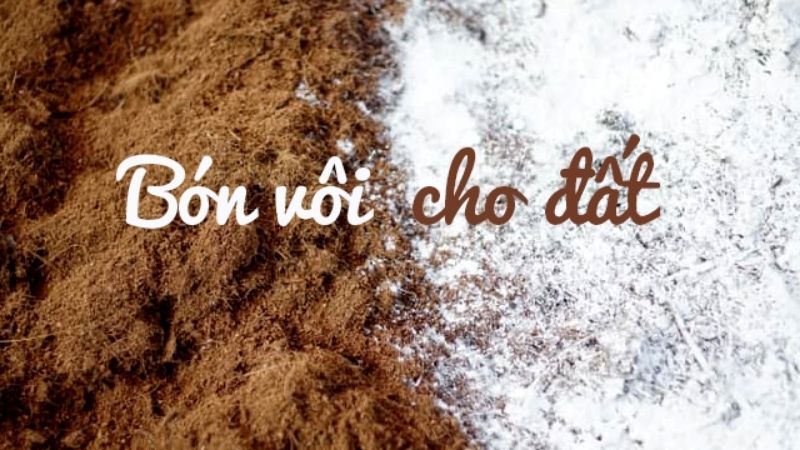 Add Lime to the Soil to Prevent Diseases and Pests
Add Lime to the Soil to Prevent Diseases and Pests
Notes on Growing and Caring for Bamboo
Common issues with bamboo include pest damage and powdery mildew. Instead of using pesticides, consider eco-friendly alternatives, such as using a cloth soaked in alcohol to remove powdery mildew.
4 5 Beautiful Bamboo Images
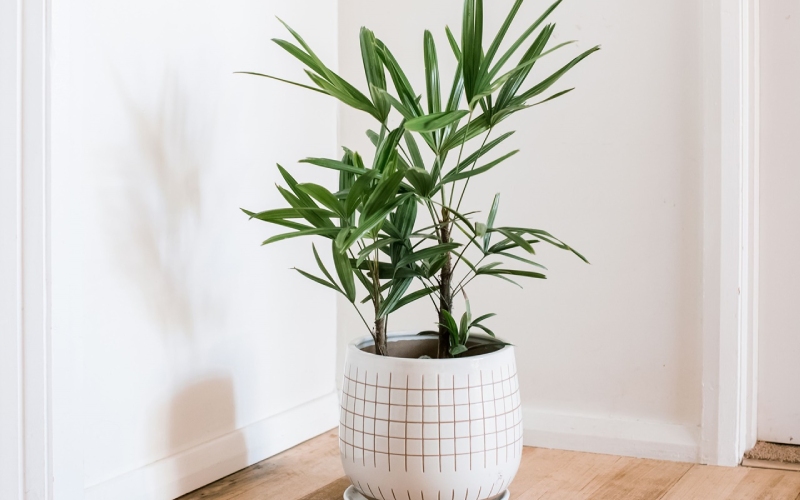 Indoor Bamboo
Indoor Bamboo
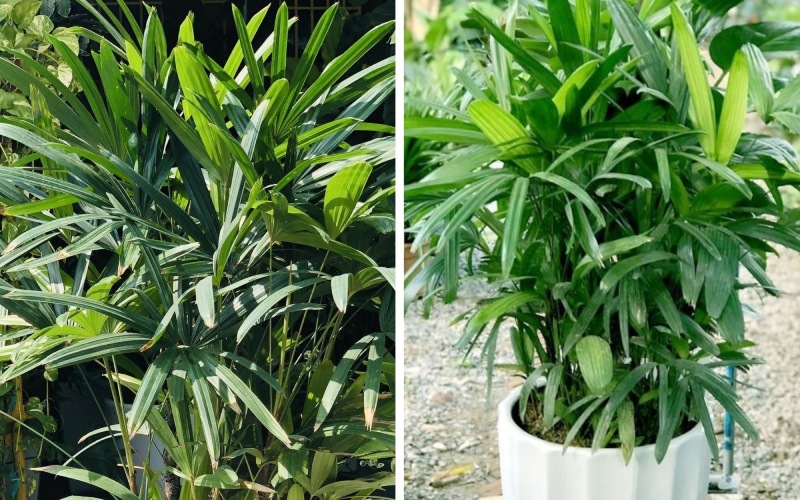 Bamboo Leaves
Bamboo Leaves
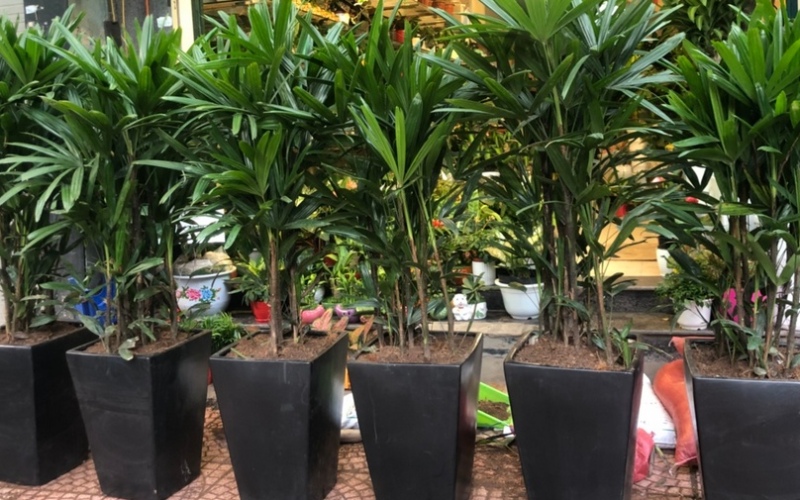 Potted Bamboo
Potted Bamboo
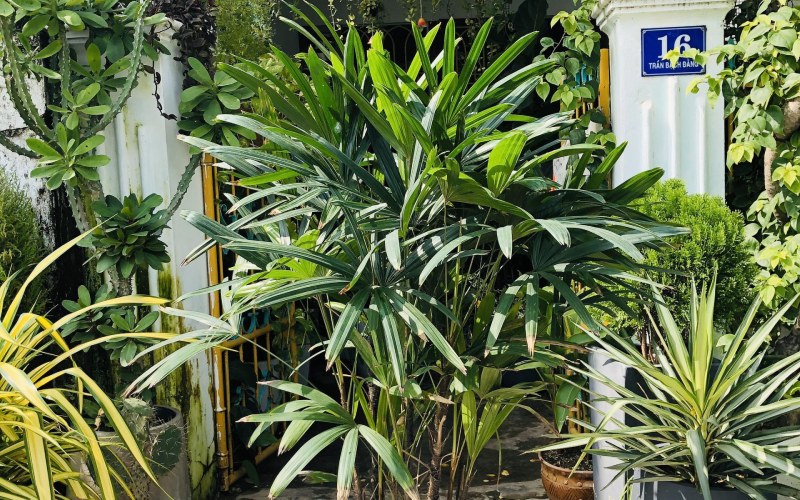 Bamboo Displayed in Front of a House
Bamboo Displayed in Front of a House
We hope that this information about bamboo has been helpful. Thank you for reading, and we wish you a happy new year.
2023 Lunar New Year Gift Ideas for Older Family and Friends
As 2021 approaches, families worldwide are gathering to celebrate the special bond between grandparents and their grandchildren. To show their love and admiration, these thoughtfully chosen gifts will bring a smile to the face of the elderly. Here, we have compiled a list of the 13 most meaningful Tet presents that can bring joy to our beloved grandparents.





























